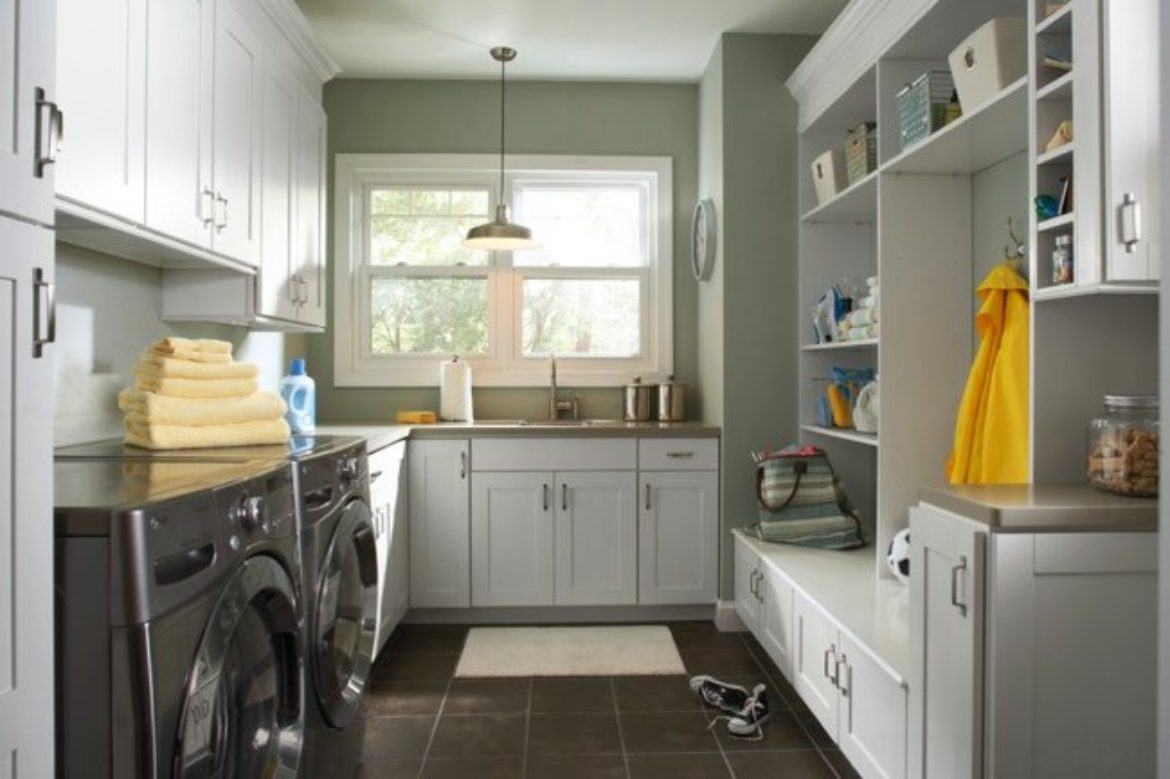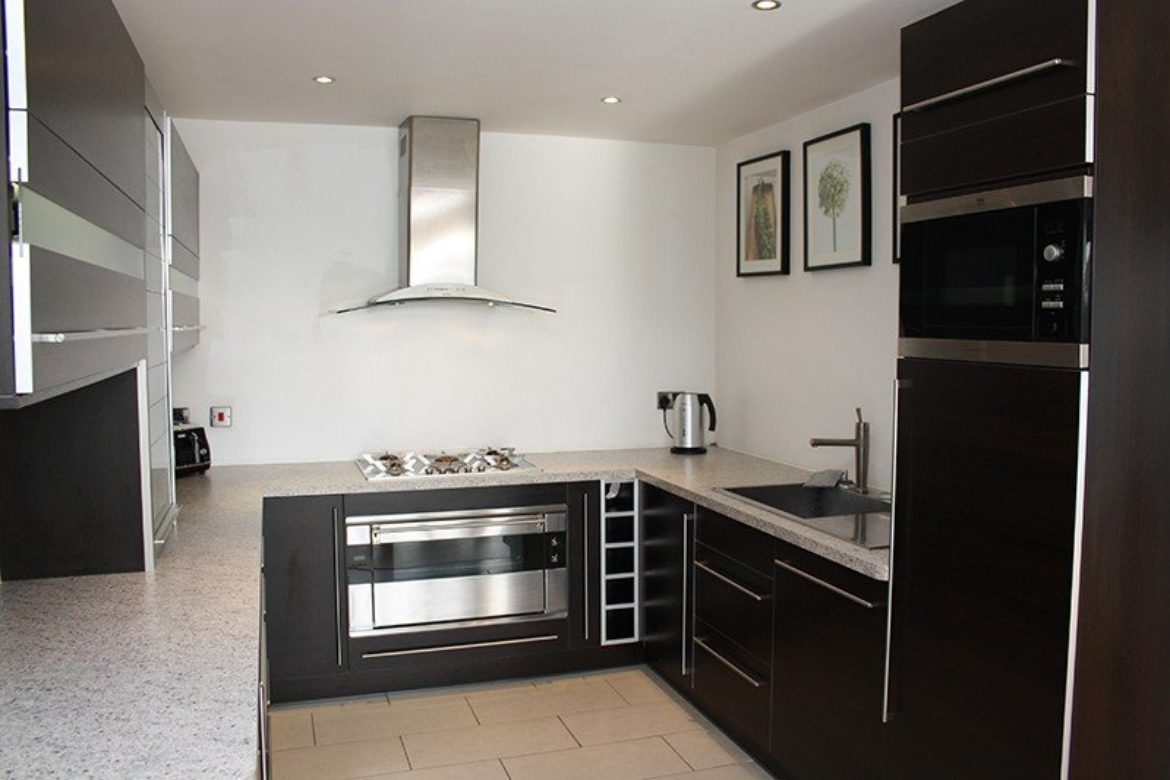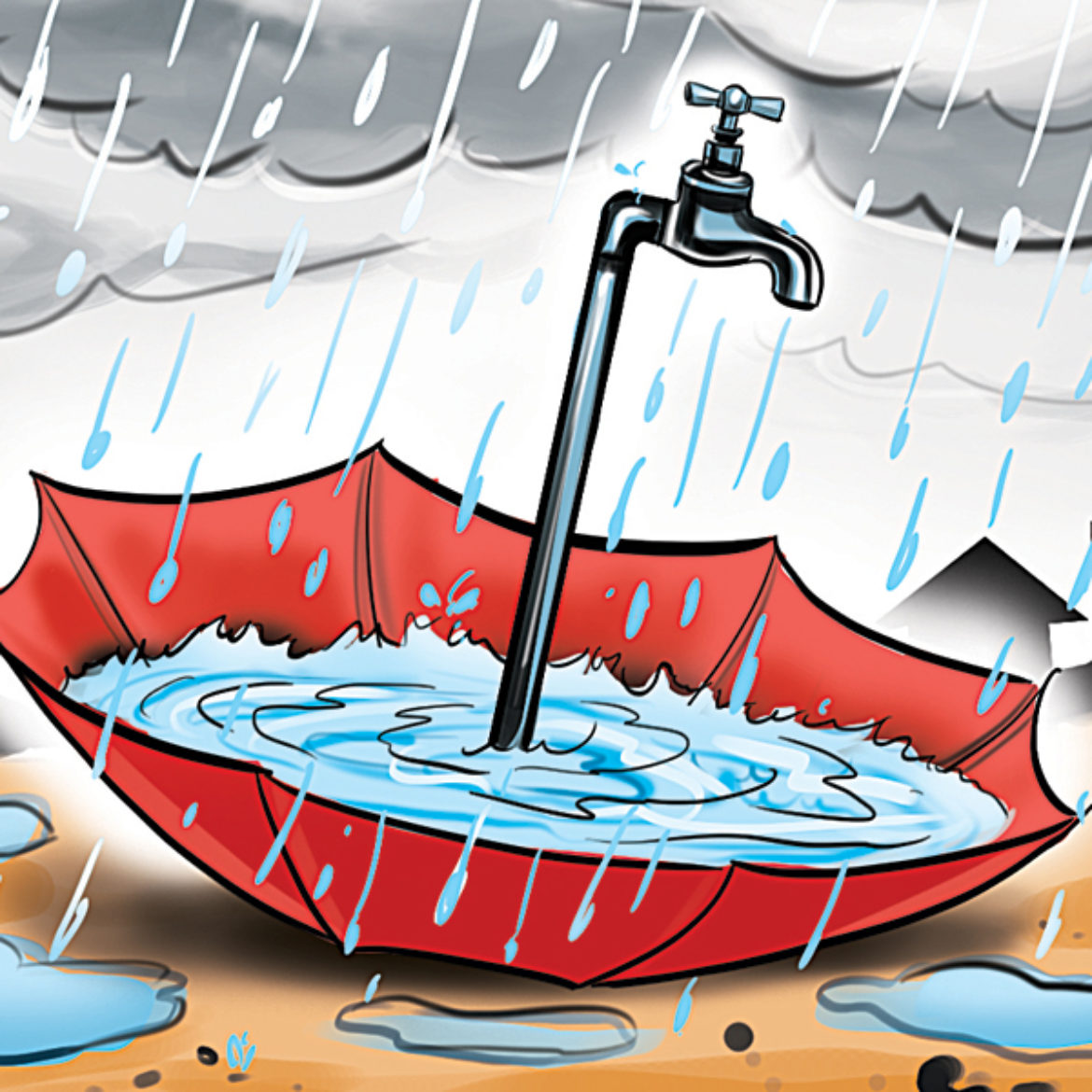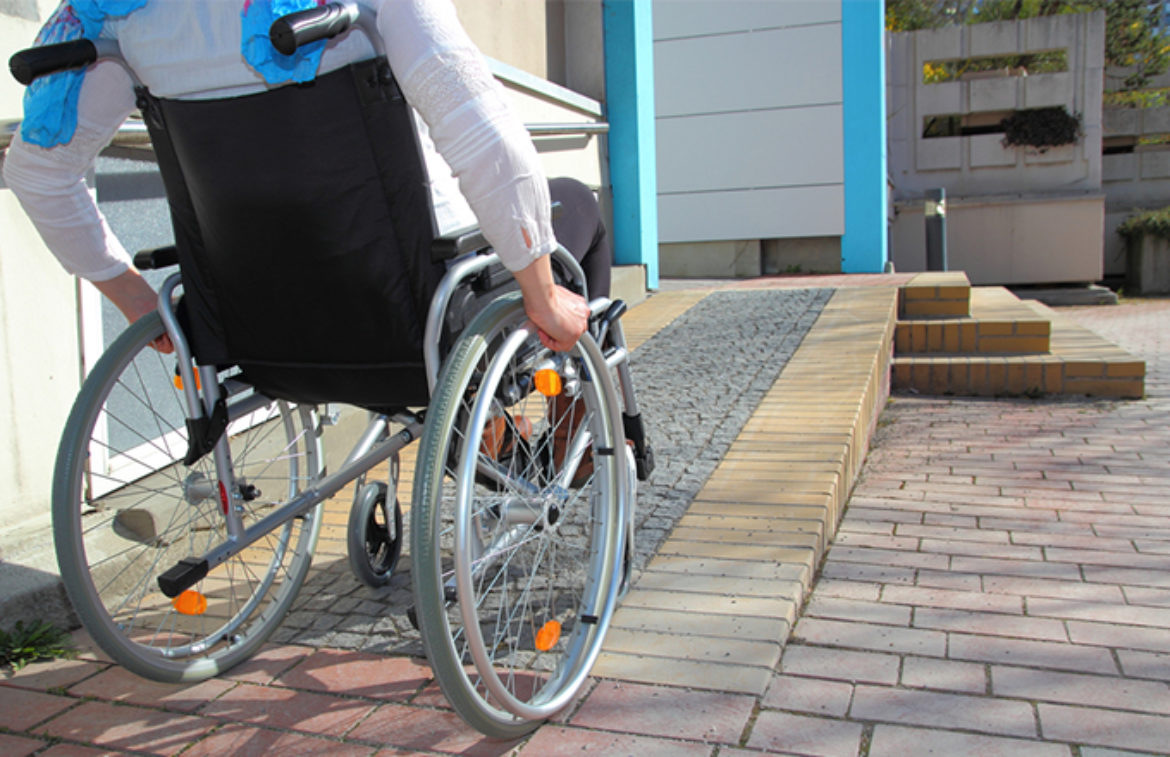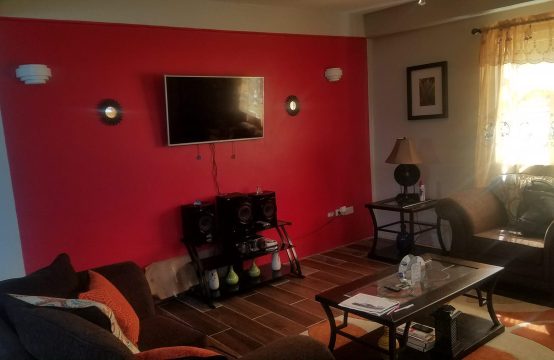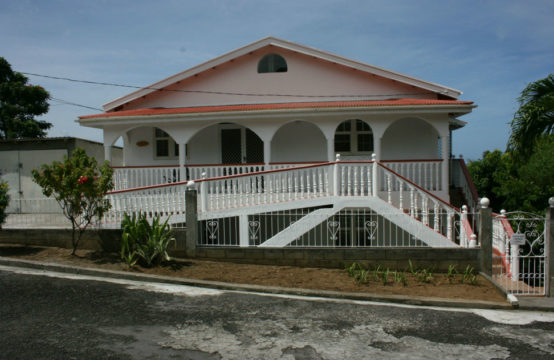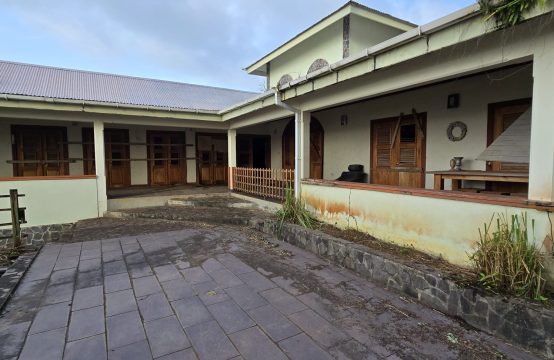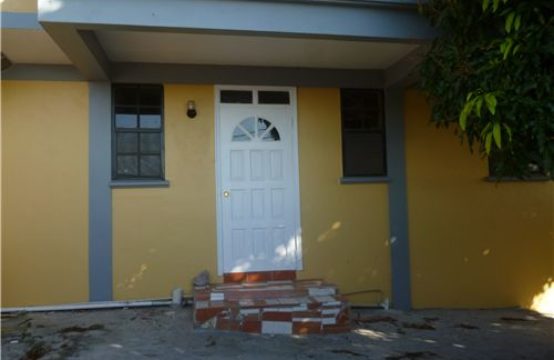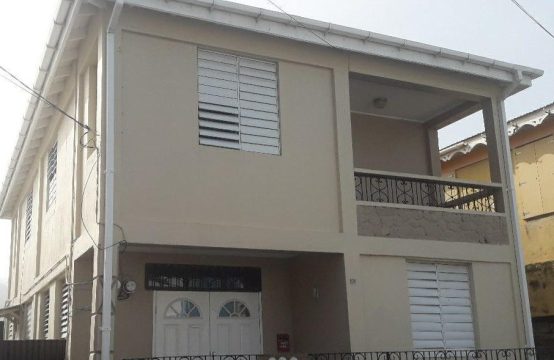
No one wants to buy a pest infested home, and you should not be living in one anyway! Today we take a look at some of the most common creatures to plague the average home and simple things you can do to stop them.
Mosquitoes pose more than a nuisance as several diseases are carried by the pesky creatures (Dengue fever, Chikungunya, Zika, etc.). The best mosquito protection is to not allow standing water around the home or yard. Mosquitoes lay eggs and larvae hatch in water. Make certain that gutters are clean and clear. The second best protection is using screens in windows and keeping doors closed. If keeping your doors closed is a problem, custom door screens can be bought.
Cockroaches are scavengers who feed most commonly at night which is why homeowners can turn on a kitchen light and see roaches scatter. Ways to prevent or eliminate cockroaches include never leaving any tidbit of food that might be accessible to the bugs. Boric acid powder sprinkled in areas where roaches have been seen is also effective and is non-damaging. Roach powders are also an option, as are roach traps, often known as roach motels.
Termite colonies can number in the thousands and they eat wood. These pests burrow into wood and eat. Termites can destroy the wood in any home. There are little effective measures for homeowners although some try baiting. The most effective way to eliminate termites, however, is with the help of a professional exterminator.
Ants are another common scourge and come in many varieties. Fire ants are hard to remove but some owners have success with pouring hot water or soapy water into the fire ant mounds. Black and sugar ants are also difficult to remove. The same tactic – pouring hot or soapy water into the ant hill – can be effective. There are also ant traps, ant sprays, and other chemical treatments.
Flies are among the peskiest pests. They seem to get in when no other bug can and are hard to remove. Keep a fly swatter on hand and have good aim. Fly strips are an old-fashioned option and there are fly sprays available. The best protection against flies is to prevent their entry.
These insects are just the most common pests but there are many others. In most cases, a little prevention can go a long way toward major infestations.
To prevent insects of any kind from moving in to stay, these simple, inexpensive methods can be effective:-
Create physical barriers. Keep screens in good repair and replace screens with holes or that sag in the frames. Caulk around windows and doors to seal entryways for insects. Keep doors and windows closed. Screen doors should have a tight spring so that the door will close and remain shut.
Keep food sources out of reach to insects. This means clean up after meals and snacks. Wipe up spills and sweep up messes when they occur. Clean appliances like stoves after use and clean between appliances and counter tops in the narrow cracks where food bits can fall. Store foods in containers with tight lids or in sealed bags. Never leave pet food out in dishes at all times. Remove garbage promptly and rinse out waste cans to remove any food residue. Always wash and dry dishes soon after a meal.

